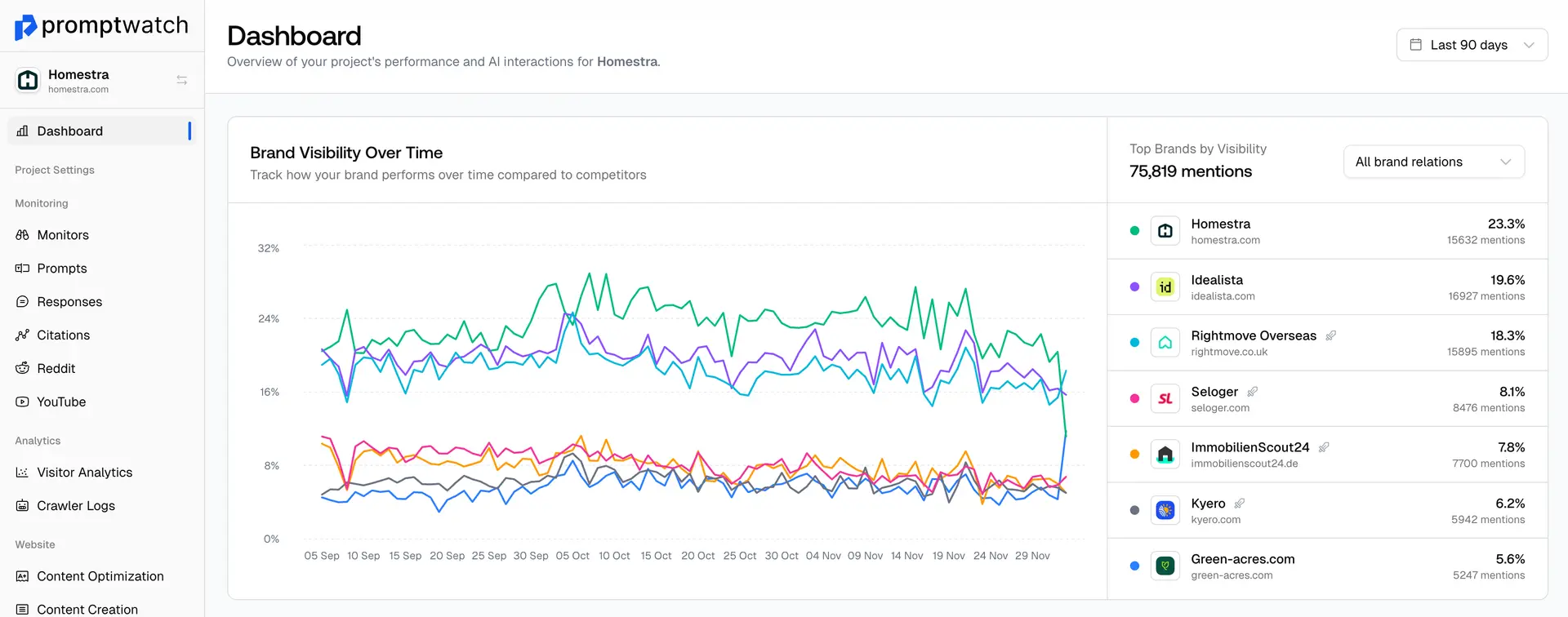Definition
Retrieval-Augmented Generation (RAG) is an AI architecture that combines the power of large language models with real-time information retrieval from external knowledge bases or databases. Unlike traditional LLMs that rely solely on their training data, RAG systems can access and incorporate up-to-date information, reducing hallucinations and improving accuracy.
The RAG process involves three key steps: retrieval (searching relevant documents or data sources), augmentation (combining retrieved information with the user query), and generation (creating a response using both the retrieved context and the language model's capabilities).
This technology is particularly important for AI search engines like Perplexity AI, which uses RAG to provide current, cited information rather than relying solely on training data. For businesses focused on GEO, understanding RAG is crucial because it represents how many modern AI systems access and cite external content.
To optimize for RAG systems, content should be well-structured with clear headings, include relevant keywords and concepts, maintain accuracy and currency, use proper citation formats, and be hosted on accessible, crawlable websites. RAG technology is increasingly being integrated into enterprise AI applications, search engines, and customer service systems, making it a critical consideration for digital marketing strategies.
Examples of RAG (Retrieval-Augmented Generation)
- Perplexity AI using RAG to search current web content and provide up-to-date answers with source citations
- A customer service chatbot using RAG to access company documentation and provide accurate product information
- An enterprise AI assistant using RAG to retrieve and synthesize information from internal company databases
